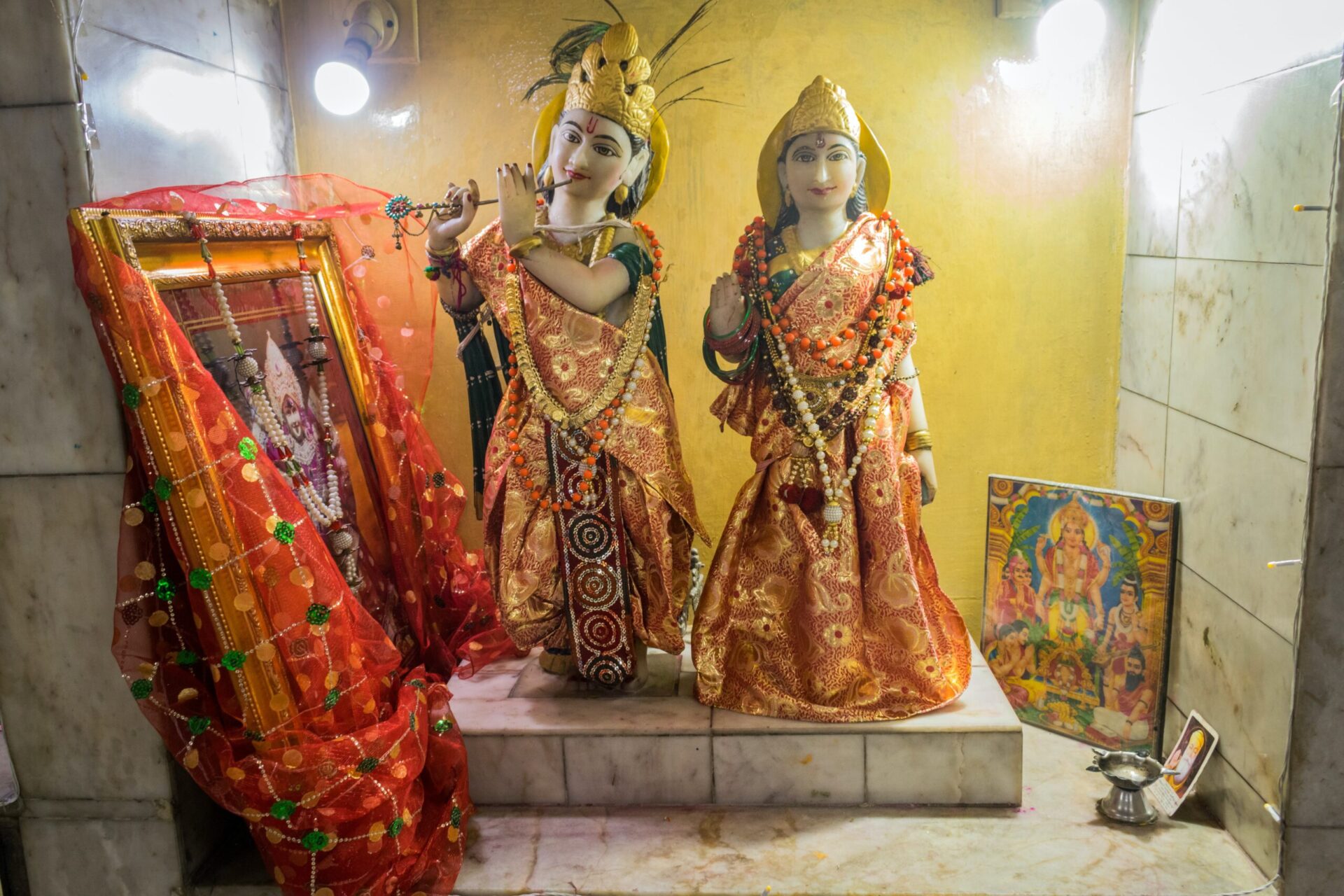Have you ever wondered about the origin of Lord Ganesha? The iconic deity, known for his elephant head and rotund figure, holds a special place in Hindu mythology. In this article, we will uncover the fascinating story behind Lord Ganesha’s parentage. From the divine union of two powerful gods to the intriguing circumstances of his birth, get ready to unravel the mystery of who the proud parents of Lord Ganesha truly are.
Table of Contents
Lord Ganesha’s Parents
Lord Ganesha, the beloved elephant-headed deity, has two divine parents who play significant roles in his birth and life. His mother is Parvati, the Mother Goddess, known for her love, fertility, and power. His father is Shiva, the Supreme God and the Destroyer and Creator of the universe. Together, Parvati and Shiva form a divine union that brings forth Lord Ganesha, the remover of obstacles and the symbol of wisdom and prosperity.
Parvati – The Mother Goddess
Introduction to Parvati
Parvati, also known as Devi or Shakti, represents feminine energy and divinity. She is adorned with beauty, grace, and compassion, making her the embodiment of love and fertility. Parvati is revered as the mother of all beings and is known for her nurturing and protective nature. People seek her blessings for a blissful and prosperous life.
Marriage with Shiva
Parvati’s love for Shiva is legendary. Their divine union is considered the epitome of love and devotion. Parvati’s dedication and patience in winning Shiva’s heart is an inspiration to all. After years of rigorous penance and tapas, Parvati finally succeeded in marrying the mighty Lord Shiva, forming a union that brings balance and harmony to the universe.
Parvati’s Desire for a Child
Though Parvati and Shiva share an eternal bond, Parvati longed for the joy of motherhood. Her desire for a child, a divine manifestation to bless the world, grew stronger with each passing day. Parvati’s devotion and prayers to be blessed with a child were unwavering, and she prepared herself for the arrival of the little one who would bring immense happiness to her life.
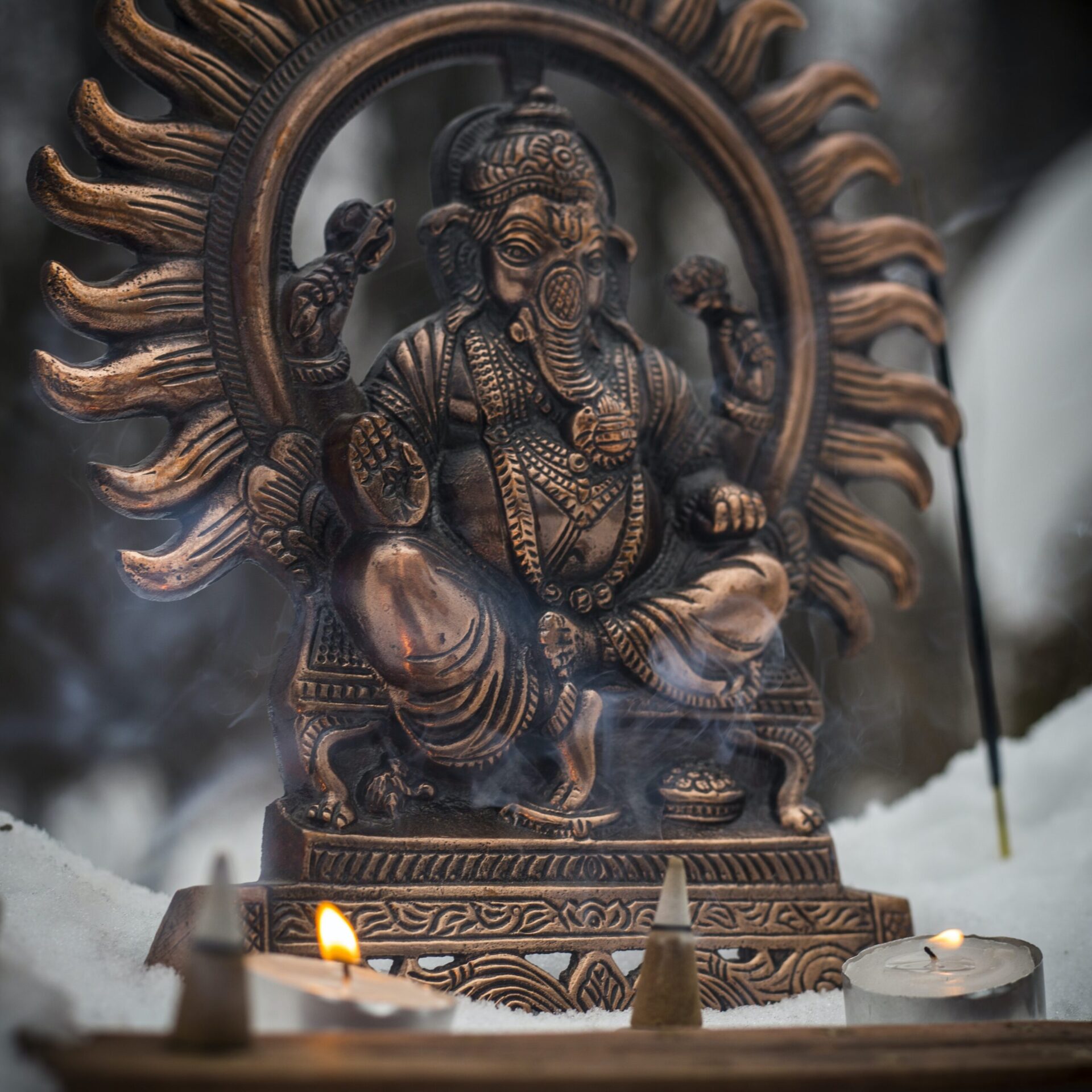
Shiva – The Father
Introduction to Shiva
Shiva, the Supreme God, is revered as the destroyer and creator of the universe. He represents both the fierce and gentle aspects of existence. Shiva is known for his ascetic lifestyle, deep meditation, and detachment from worldly desires. He is a deity of immense power, often depicted with a third eye, a trident, and a crescent moon adorning his matted hair.
Marriage with Parvati
Shiva’s union with Parvati brings balance to his ascetic life. Their divine marriage is a celebration of love, devotion, and the cosmic union of masculine and feminine energies. The grand wedding ceremony of Shiva and Parvati, blessed by Brahma himself, signifies the divine union that would eventually give birth to Lord Ganesha.
Shiva’s Role in Ganesha’s Birth
As a father, Shiva plays a significant role in the birth of Lord Ganesha. His divine energy combines with Parvati’s to bring forth their extraordinary child. Shiva’s presence and involvement in the story of Ganesha’s birth showcases his deep love and affection for his family, making him a perfect role model for fathers everywhere.
The Legend of Ganesha’s Birth
The Story of the Clay Idol
According to one popular legend, Parvati once desired to have a child of her own. To fulfill her wish, she decided to sculpt a child-like figure out of clay. She breathed life into the clay idol and brought it to existence, giving birth to Lord Ganesha. This story symbolizes Parvati’s creative powers and her ability to give life through her devotion and love.
Creation of Ganesha from Parvati’s Bathing Essence
Another version of the legend reveals that Parvati was taking a bath and decided to create a guardian to protect the entrance of her abode. She shaped the divine form of Ganesha from the turmeric paste and other aromatic substances she used for her bath. She then infused life into the idol, giving birth to Lord Ganesha.
Parvati Entrusting Ganesha to Guard the Entrance
Impressed by the divine creation, Parvati entrusted Ganesha with the responsibility of guarding the entrance while she continued with her rituals. Ganesha faithfully obeyed his mother’s command and took his role of guarding the entrance very seriously, showing his dedication and devotion from an early age.
Shiva’s Arrival and the Conflict
Unbeknownst to Ganesha, his father Shiva returned from his meditation and sought entry into Parvati’s abode. When Ganesha stopped Shiva at the entrance, a conflict arose between the father and son. Shiva, unaware of Ganesha’s divine origin, became angry at being denied entry. This clash between father and son highlights the importance of communication, understanding, and the process of surrendering ego.
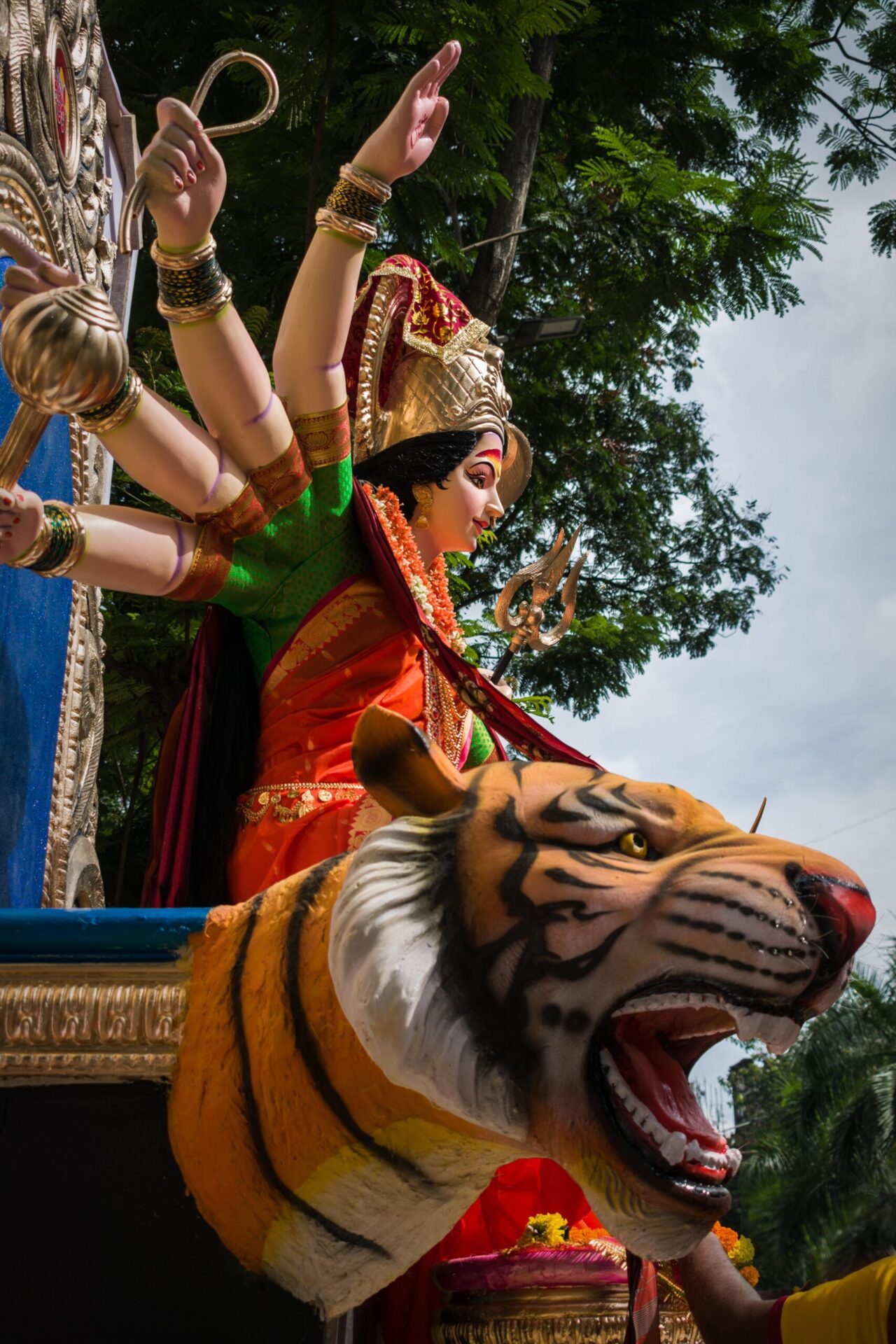
Introduction to Parvati
Goddess of Love, Fertility, and Power
Parvati, often worshipped as the Mother Goddess, represents the energies of love, fertility, and power. She is revered as the divine mother who nurtures and protects all beings. Parvati is a symbol of feminine strength and compassion. Her presence blesses devotees with love, prosperity, and harmony.
Parvati’s Various Manifestations
Parvati takes on various forms and manifestations to fulfill different roles and tasks. As Durga, she embodies strength and courage to vanquish evil forces. As Kali, she showcases her fierce side, fearlessly destroying negativity. Each form of Parvati symbolizes a different aspect of her divine energy, demonstrating the myriad qualities she possesses.
Marriage with Shiva
The Union of Shiva and Parvati
The marriage of Shiva and Parvati is a divine union, symbolic of the cosmic balance between masculine and feminine energies. Their love represents the harmony between the spiritual and material realms. It is a union that brings forth the power of creation and sustenance, ensuring the continuity of the universe.
The Grand Wedding Ceremony
The wedding ceremony of Shiva and Parvati was a grand affair, witnessed by gods, goddesses, and celestial beings. Brahma, the creator of the universe, officiated the ceremony and blessed the couple. The divine wedding brings forth positivity, blessings, and the promise of a prosperous and blissful life together.
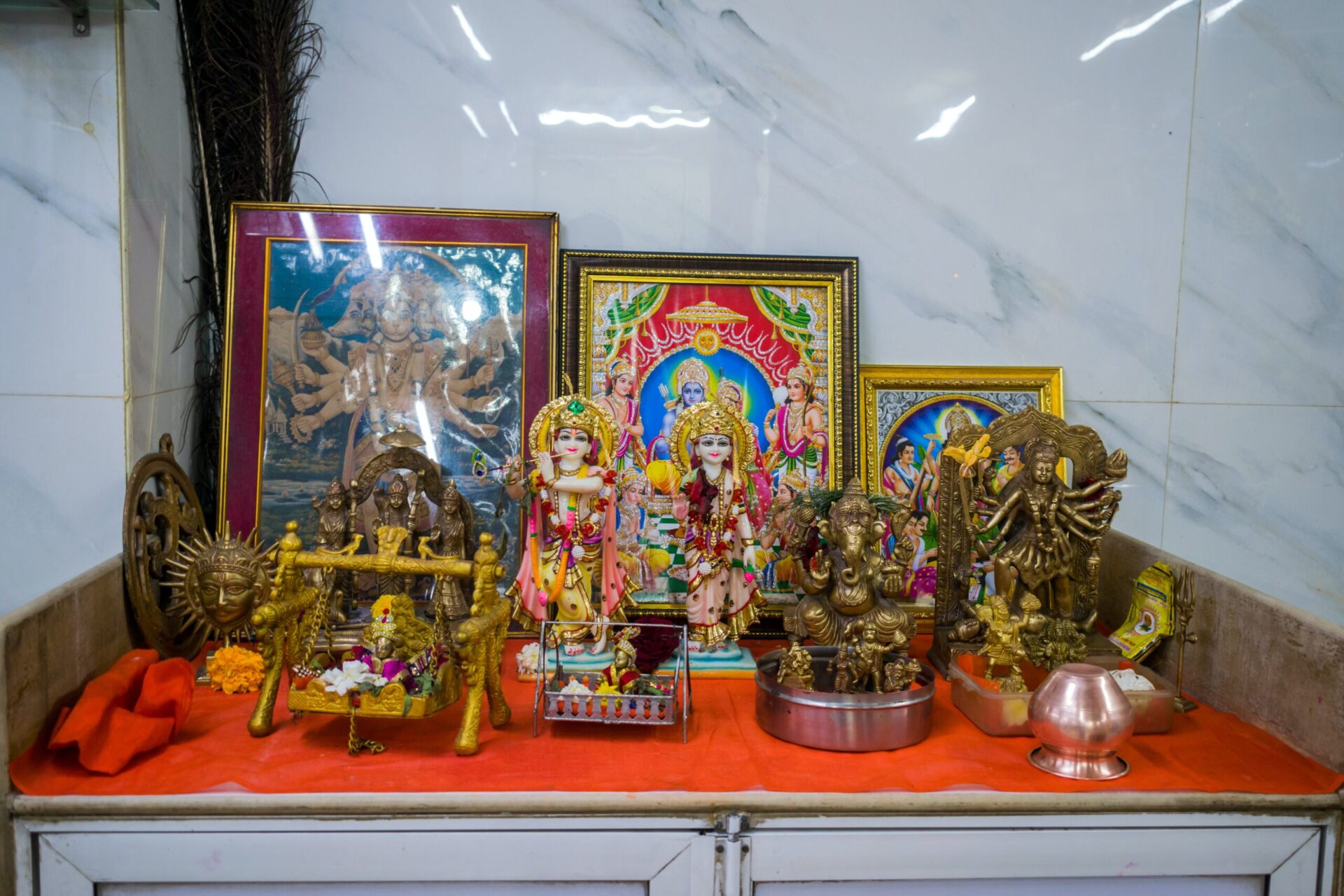
Parvati’s Desire for a Child
Parvati’s Yearning for Maternal Bliss
Deep within Parvati’s heart, there was a strong yearning for the joy of motherhood. Her desire to bring a child into the world, a symbol of love and blessings, filled her being. Parvati’s longing for the bliss of raising a child was a testament to her innate motherly nature and her dedication to fulfilling her role as a nurturer.
Her Ritualistic Preparations for a Child
To manifest her dream of becoming a mother, Parvati embarked on several rituals and penances. She diligently followed rigorous practices, seeking the blessings of sages, and dedicated herself to the pursuit of motherhood. Parvati’s commitment and spiritual devotion were elements that eventually led to the birth of Lord Ganesha, fulfilling her deepest desire.
Introduction to Shiva
The Supreme God
Shiva, the Supreme God in Hinduism, is revered as the embodiment of ultimate consciousness and cosmic energy. He is not only the destroyer of evil but also the creator of new beginnings. Shiva’s presence is all-encompassing, encompassing both the physical and spiritual realms. He is the symbol of eternal bliss, peace, and enlightenment.
Shiva’s Role as the Destroyer and Creator
Shiva’s role as the destroyer is essential for the cycle of creation to continue. By destroying the old and stagnant, Shiva paves the way for the birth of new life and possibilities. As the creator, Shiva brings forth new beginnings and fresh perspectives, allowing the universe to evolve and progress.
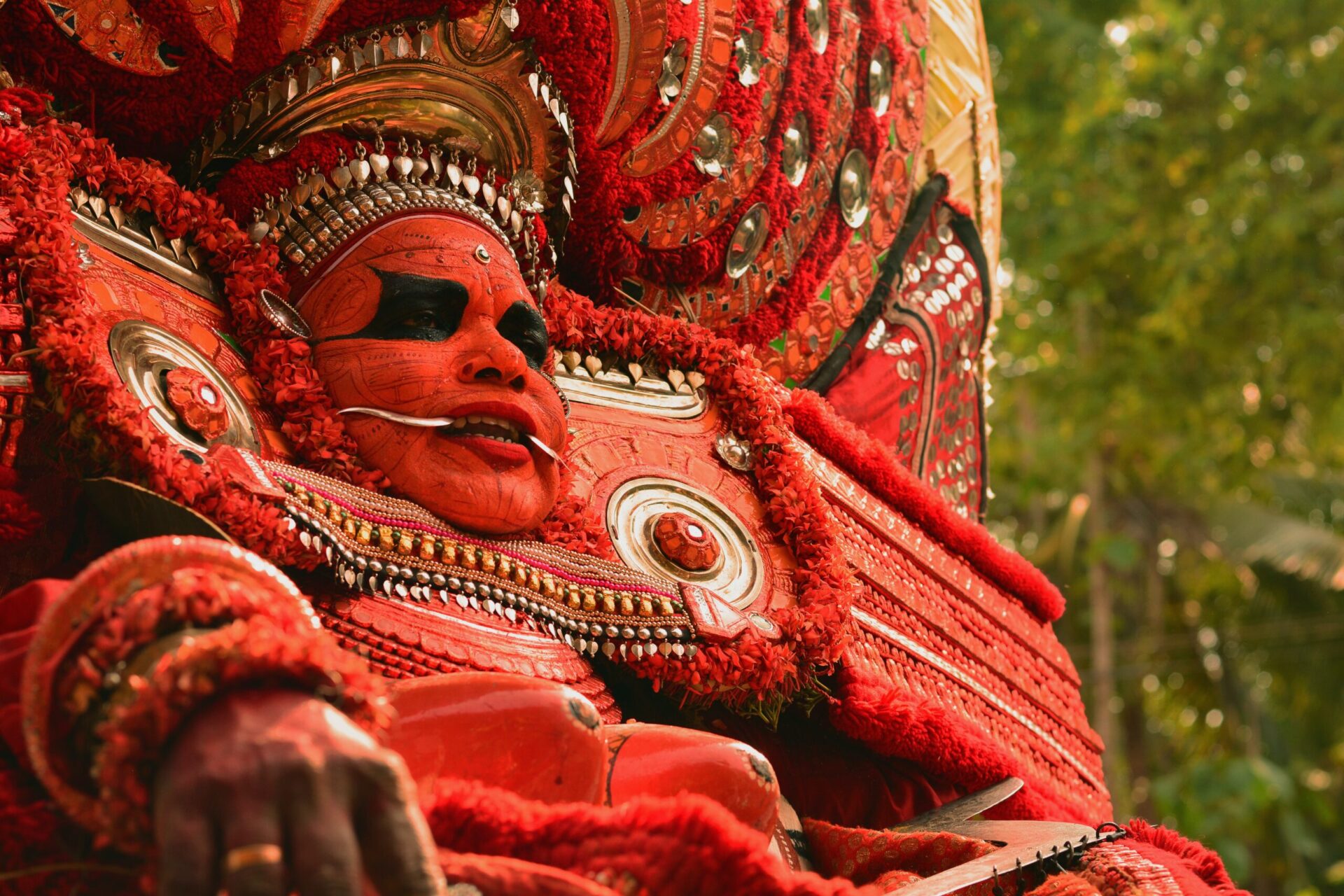
Marriage with Parvati
The Meeting and Union of Shiva and Parvati
Shiva met Parvati when she manifested as Sati, his first consort. After Sati’s departure, Parvati reincarnated in a new form, compelling Shiva to recognize her as his destined companion. Through various trials and tests, Parvati proved her unwavering love and devotion, leading to their divine union.
The Divine Marriage with Brahma’s Blessings
The marriage of Shiva and Parvati was not merely a union of two souls but also a union of their divine energies. The divine wedding ceremony was grand and witnessed by numerous gods and goddesses. Lord Brahma, the creator, blessed the couple as a witness to their eternal love. The divine marriage brings together the power of love, creation, and cosmic balance.
Shiva’s Arrival and the Conflict
Shiva’s Return and Desire to Enter the Abode
Upon completing his meditation, Shiva returned to his abode, expecting to reunite with Parvati. However, he found Ganesha, an unfamiliar figure, blocking his path. Unaware of Ganesha’s divine origin and blinded by anger, Shiva insisted on entering his own abode, leading to a conflict that would test the family’s bonds.
Ganesha Challenging Shiva’s Entry
Ganesha, fulfilling his duty to protect his mother’s abode, denied Shiva entry. The confident and devoted Ganesha stood strong, unwilling to let anyone pass without his mother’s permission. This act of devotion showcased Ganesha’s unwavering commitment to his role and his mother’s trust.
The Battle between Ganesha and Shiva
Blinded by anger, Shiva engaged in a fierce battle with Ganesha, oblivious to the truth of Ganesha’s divine origin. The conflict between father and son escalated, demonstrating the complexity of relationships and the need for understanding and communication. This battle ultimately led to the revelation of Ganesha’s true identity and the restoration of harmony within the family.
In conclusion, understanding Lord Ganesha’s birth story requires delving into the lives and roles of his divine parents, Parvati and Shiva. Their love, devotion, and unique qualities contribute to the rich tapestry of Hindu mythology. Parvati’s unwavering desire for a child and Shiva’s role as the father of Lord Ganesha highlight the importance of familial bonds and the lessons to be learned within those relationships. The loving union of Parvati and Shiva and the subsequent birth of Lord Ganesha serve as a reminder of the power of love, devotion, and the auspiciousness of family.
